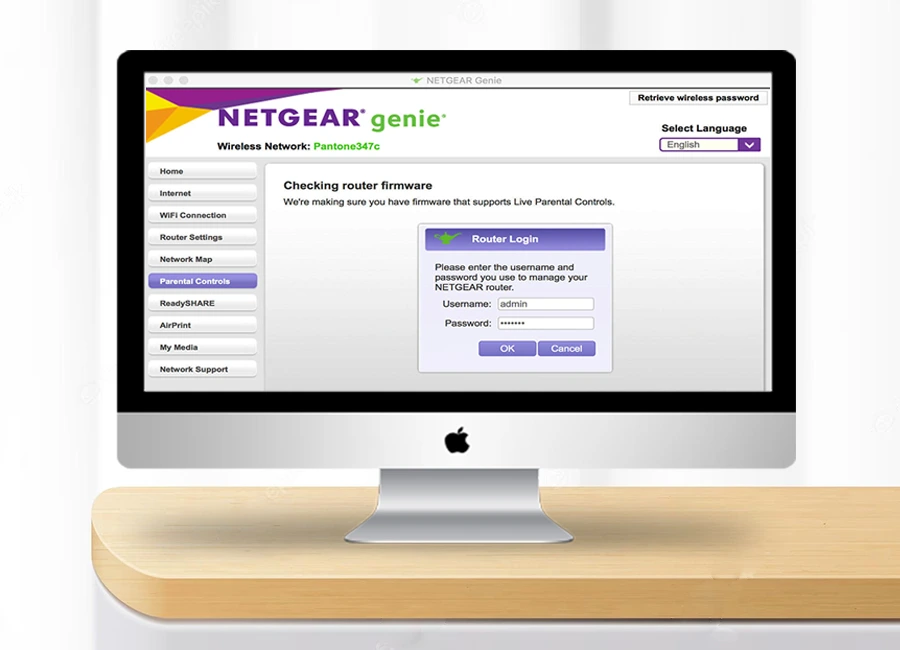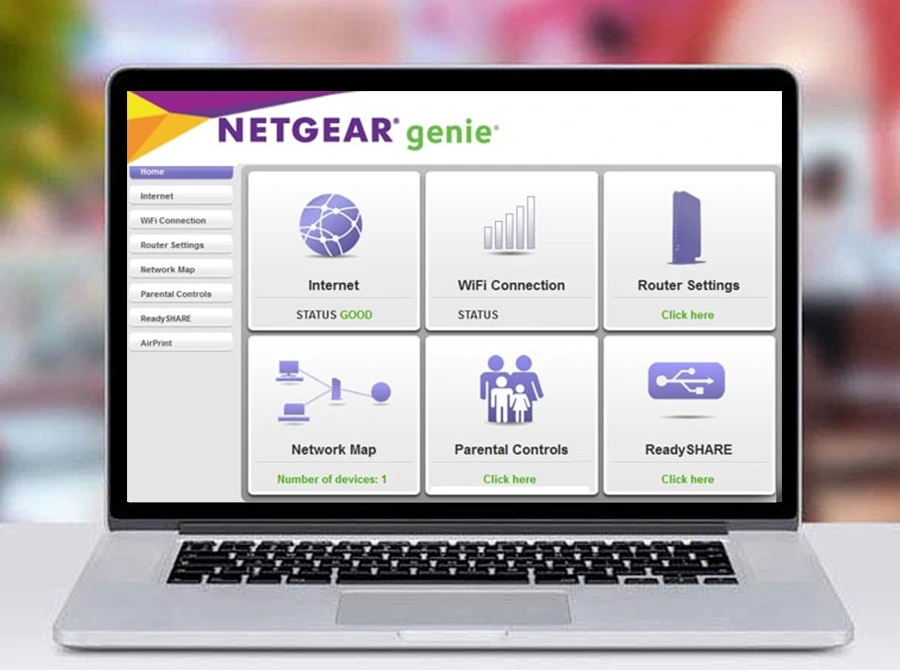Mywifiext | Netgear Extender Login | www.mywifiext.net
Unless otherwise stated, this website is not related or associated with any third-party brand. brands, trademarks, logos, and company names are merely used as examples.
Netgear genie Login & setup
The Netgear Genie interface makes it simple to configure a Netgear router. To configure your Netgear router using Netgear Genie setup, track these general directives:
- Use the Ethernet wire that was provided to join your Netgear router to the modem. Link one end to the modem and the supplementary to the WAN or Internet port on the router.
- Link the router, then watch for the power LED to congeal.
- Check that the external antennas on your router are installed and correctly oriented.
- Join the Wi-Fi network provided by the router with your computer or mobile device. On a label on the router, the default Wi-Fi network name (SSID) and password are often written.
- Launch a web browser.
- Enter one of the following URLs into the address bar of your web browser:
- http://www.routerlogin.net
- http://www.routerlogin.com
- http://192.168.1.1 b. The input of a username and password will be required.


- If these credentials are ineffective, look up the right login details in your router’s handbook or on its label.
- You ought to see the Netgear Genie interface once you’ve logged in. A Genie Setup Wizard is frequently provided for initial configuration.
- To setup your Internet connection type—typically DHCP for most users—as well as your Wi-Fi network name (SSID) and password, follow the instructions in the Setup Wizard.
- Through the Netgear Genie setup interface, you may set up sophisticated options like port forwarding, QoS, or firmware upgrades.
- Whenever you make changes, remember to save your settings. Usually, this entails selecting the “Save” or “Apply” button.
- Rebooting your router after initial configuration will guarantee that all modifications are applied.
- Use the SSID and password you specified to connect your devices (computers, cellphones, tablets, etc.) to your new Wi-Fi network.
- By surfing the web or doing a speed test, make sure your Internet connection is operational.
Netgear genie login not working
- Verify that you are logging into your Netgear router with the right default username and password. It’s possible that certain models have unique default credentials. For the right information, check the label on your router or the router’s manual.
- You might need to do a factory reset on your router. Be aware that this will erase all custom settings, and you’ll need to set up your router from scratch.
- Locate your router’s reset button in order to do a factory reset. It’s usually a small, recessed button that requires a paperclip or a similar tool to press.
- Simply hold down the reset button while the router is turned on for roughly 10 seconds or until the router’s lights flash.
- Release the reset button, step c. Rebooting the router will restore it to default settings.
- Attempt using a different web browser to view the Netgear Genie login user interface. Sometimes, cached data or browser extensions might obstruct the login procedure.
- Clear your browser’s cache and cookies if you’re using the same browser to be sure no settings or login information are being cached and causing problems.
- Be sure that you are using the exact IP address when logging into your router. These are typical addresses:
- http://www.routerlogin.net
- http://www.routerlogin.com
- http://192.168.1.1
- Try temporarily turning off any VPN or proxy servers you may be using. These services occasionally conflict with routers
- It’s frequently preferable to utilise a wired Ethernet connection between your computer and the router for initial setup or troubleshooting. This gets rid of any potential Wi-Fi problems.
- Consider contacting Netgear’s customer care if none of the aforementioned solutions work to get more help. They might be able to help you with more troubleshooting techniques or with recovering your login information.
Genie login through netgear genie app
- From the App Store download and install the Netgear Genie app.
- The Wi-Fi network formed by your Netgear router must be retrieved by your device. To understand the router’s settings, you must be associated to the identical network.
- On your smartphone, launch the Netgear Genie application.
- The app should automatically identify your Netgear router on the local network when you first start it. To view the router’s settings, tap on the symbol.
- The admin login and password for the router will be requested of you. These are often preconfigured with “admin” as the login and password. However, use your unique login credentials if you’ve changed them in the past.
- Once you’ve pass in the accurate login authorizations, you should be able to admittance the router’s settings and formation possibilities through the app.

How to log in to netgear genie using web GUI
These procedures can be used to access a Netgear router’s web-based graphical user interface (GUI):
- Ensure that the Wi-Fi network created by your Netgear router is the same one that your device is associated to.
- Launch the browser.
- Enter one of the following in the address bar of your web browser to access the default IP address for the majority of Netgear routers:
- routerlogin.net
- 192.168.1.1
- routerlogin.net
- If none of these IP addresses work, you can discover the right one in the router’s manual or on a label on the device itself.
- The admin account and password for the router will be required.
- Use the unique username and password you created if you’ve previously updated these login credentials. A factory reset of the router could be necessary if you can’t remember your login information, however this will remove all of your customised settings.
- You should have access to the router’s web-based interface after providing the right username and password.
- Depending on your router type and software version, you may modify a number of options after logging in, including Wi-Fi network names (SSID), Wi-Fi passwords, security settings, port forwarding, and more.
Netgear genie login failed what to do?
Please double-check your admin username and password entries. They frequently have “admin” as the login and password by default. To recover the default login information if you’ve altered these credentials in the past but can’t recall them, you might need to conduct a factory reset on your router.
If you're having distress logging in contemplate reimbursement the cache and cookies in your web browser. Occasionally, saved information may obstruct the login procedure.
If the problem continues, try using a different web browser to access the router's web GUI. Sometimes, problems with a certain browser might interfere with logging in.
You can do a factory reset on your router if you've forgotten the admin login information or if the login problem continues despite performing the aforementioned methods.
By doing this, you may restore the router to its factory configuration, including the login information. Remember that doing this will remove any customised settings you may have.
Trace the reset button on your router and hold it to do a factory reset. After a reboot of the router, you may access the settings with the default login information.
A dated firmware version might occasionally result in login problems. Find out whether your router has a firmware upgrade available, then install it. The web GUI of the router frequently has choices for firmware updates.
Your computer's firewall settings or temporary security software might prevent you from logging in. Try momentarily turning off any firewalls and security programmes, then try logging in again.
Check to see if your network has any IP address conflicts. It is occasionally impossible to access the router's interface due to an IP address dispute. You can check your router's settings for IP address conflicts.
DISCLAIMER
This is a recognized independent company that enables its users to discover useful information. The content of the services that is image and brand name are only for the reference purpose. This means no other brand can use it unless they obtain the permission as all the rights are reserved by the website owner.